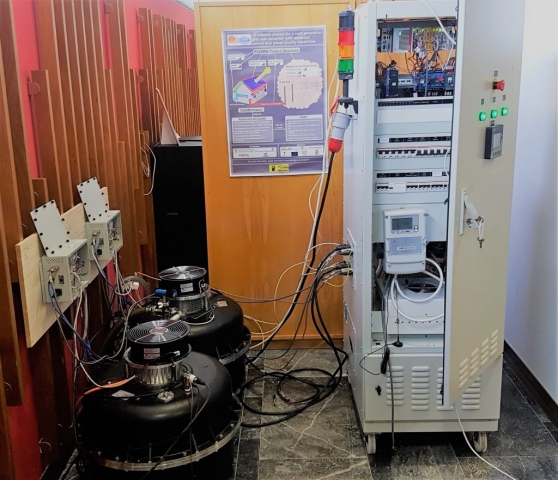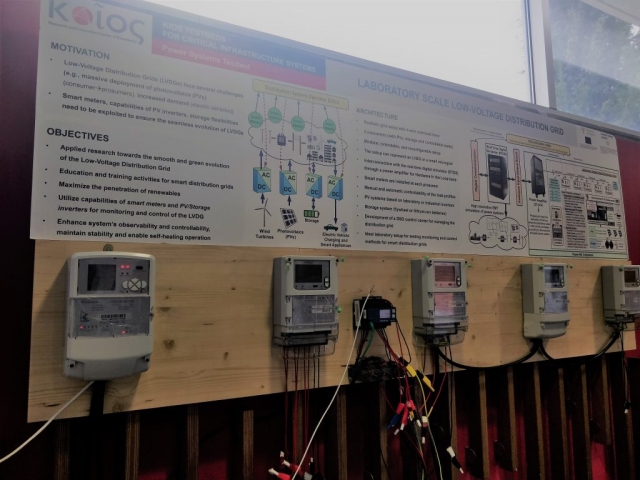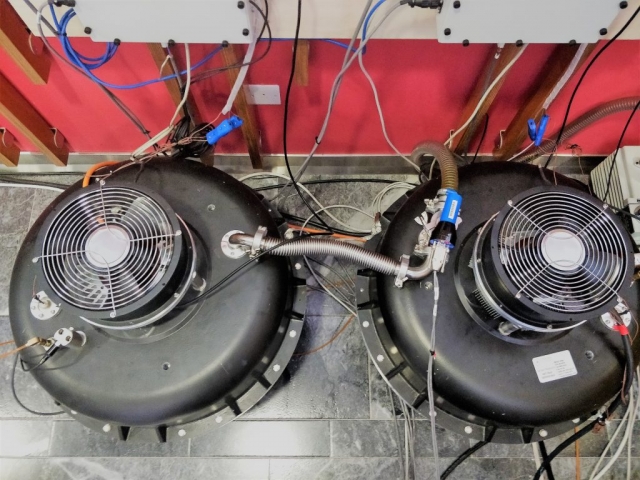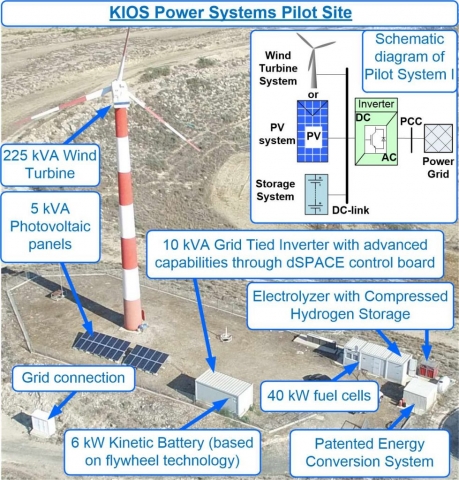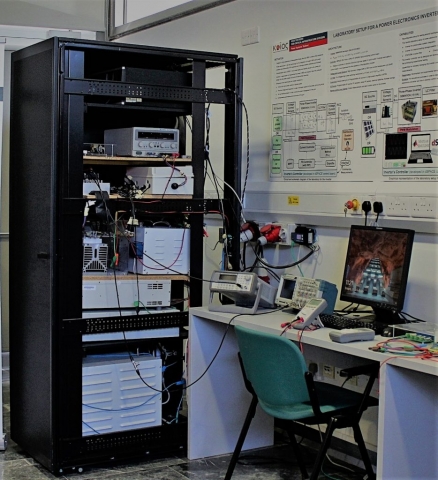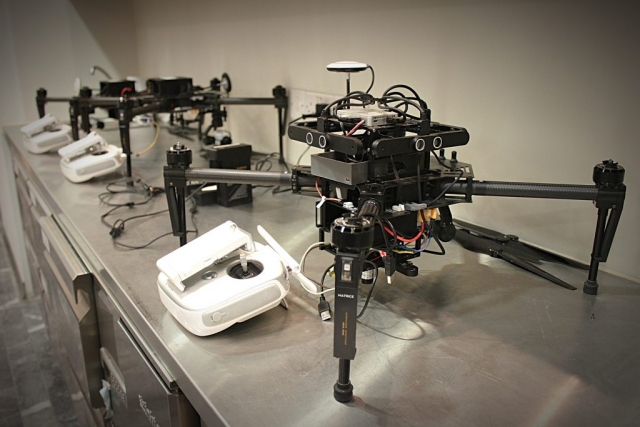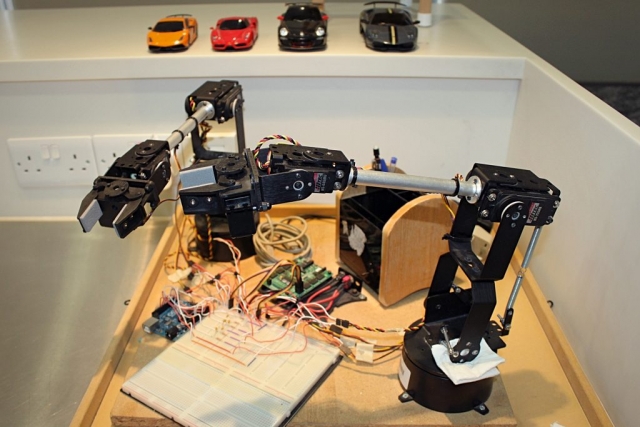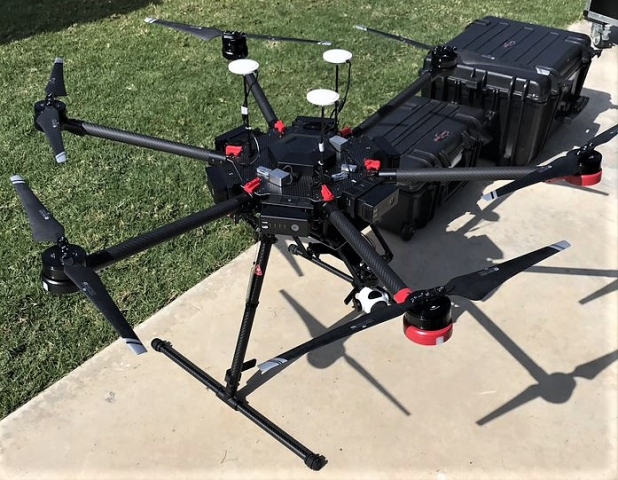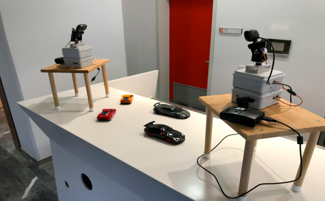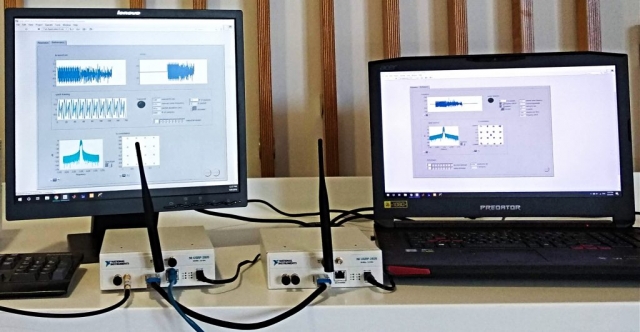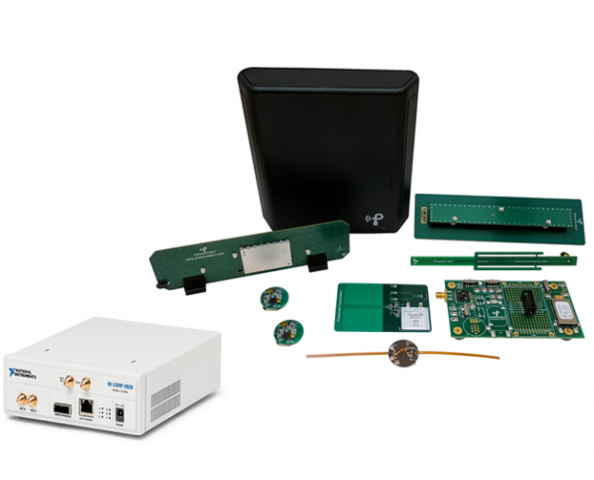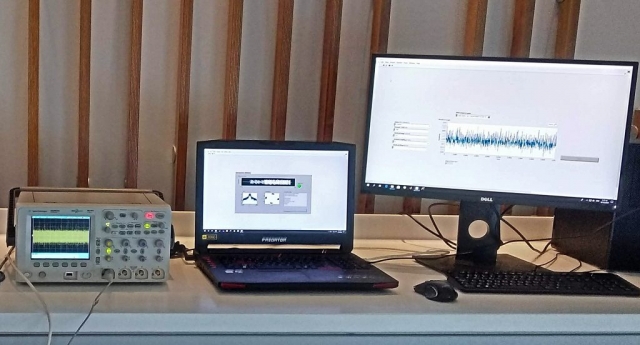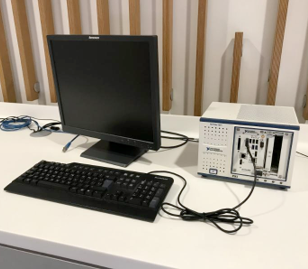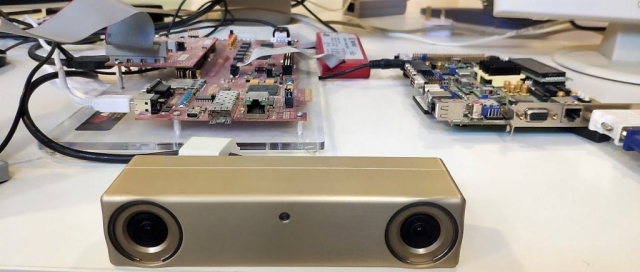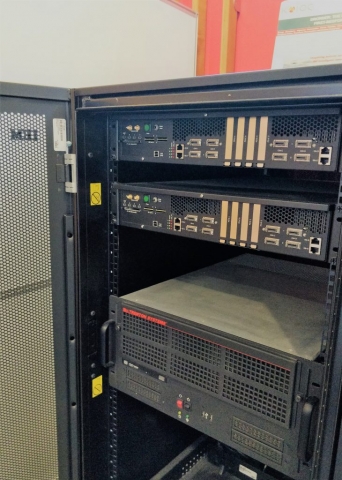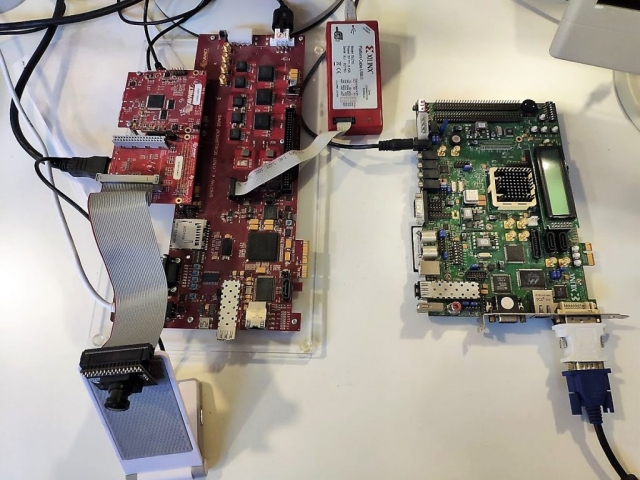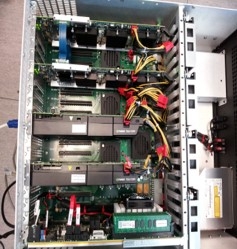
Laboratories and Testbeds
The Department of Electrical and Computer Engineering (ECE) and the KIOS Research and Innovation Center of Excellence (KIOS CoE) have several dedicated laboratories and testbeds investigating different key enabling technologies in monitoring, control, management and security of critical infrastructures using cutting-edge equipment for experimental evaluation, testing and prototyping.
Laboratories
Power Systems Laboratory
Aims towards modelling, simulation, emulation, and experimental validation of energy systems, with expertise in developing smart converters for the integration of renewable energy sources both at the building and grid level, as well as in generation and storage technologies. The laboratory also specializes on developing real-time control algorithms for power electronic converters for advancing the interconnection of renewable energy sources. Main infrastructure of the laboratory includes:
The Power Systems Pilot Site with:
- 225 kW wind turbine
- 5 kW photovoltaic system
- 20 kW – 6 kWh flywheel based kinetic battery
- 40 kW fuel cells, 80 kW electrolyzer
- Hydrogen storage
Power electronics equipment for renewable energy sources including:
- Several power electronics-based converters/inverters (from 0.6 kW to 20 kW)
- Advanced controllers (i.e., dSPACE controller boards, Texas Instrument micro-controller)
- High-voltage DC sources and programmable AC sources and loads
A Laboratory scale low-voltage distribution grid with:
- Smart meters
- Controllable loads
- Grid connected photovoltaic system
- Storage system
Sensors and Robotics Laboratory
Investigates the design and implementation of embedded, multi-sensor systems for monitoring different environments such as critical infrastructures, buildings etc. These sensors can be on fixed or mobile (robotic) platforms. Key equipment includes:
Robotics:
- Unmanned aerial vehicles (Drones): both commercial type (Parrot Bebop and DJI Spark, Mavic and Phantom II) and developmental type (DJI Matrice 100)
- Terrestrial Robotic Platforms (Parrot, iRobot)
- Remotely Operated Platforms (RC Cars, Parrot Terrestrial Drones)
- Robotic Arms
Sensors and Sensing Platforms:
- Cameras (all types), Gimbals and Stabilizers
- Video and Photo – Stereoscopic Cameras and 3-D Sensing Devices (Li-Dars, Ultrasonic, etc.)
- Audio (Microphones)
- Sensing platforms with Accelerometers, Gyroscopes, Barometers, Pressure and Temperature Sensors, Magnetic Compass (Drones, Smartphones)
- Augmented and Virtual Reality Platforms (Occulus Rift, Microsoft Hololens)
- IoT Sensing Platforms equipped with LoRa WAN (STMicroelectronics)
Software:
- Accompanied Development Software (Unity, Visual Studio, Unreal, Microsoft AirSim)
Mobile Communications & Networking Laboratory
Examines the modelling, simulation, emulation and design of architectures, protocols, algorithms and technologies for next-generation communication systems (e.g. machine-to-machine, 5G systems, relaying, cognitive radio, optical/telecommunication networks), with a focus on communication theory, wireless communications and networking.
Key equipment includes:
- NI USRP: Software Defined Radio Platform
- Energy Harvesting Development Kit for Wireless Sensors
- Commercial/Custom-made simulation software for optical/telecommunication networks
- IP routers/switches and network testing equipment
Embedded Systems Laboratory
The laboratory focuses on the design, development, implementation and verification of low-power, high-performance and highly reliable systems on chip, suitable for embedded and mobile environments. Activities include hardware acceleration of domain-specific computing for real-time processing, with a broad range of applications such as computational intelligence and machine learning, computer vision, robotics and multimedia applications, bioinformatics and wearable biomedics and intelligent data processing.
Key equipment includes:
- Hybrid Multi-FPGA/Multi-GPU Platform for large scale circuit and system emulation
- Multi-GPU supercomputers used for machine learning and computer vision applications
- State-of-the-art low-end and high-end FPGA boards for acceleration of compute intensive applications (computer vision, image processing, machine learning).
- Multi-SOC FPGA-Based BeeCube Platform for large-scale hardware emulation
- Embedded Computing Systems (Raspberry Pi, Gumstix Boards, Odroid Platforms)
- Bumblebee Stereoscopic Camera for stereo vision applications
- Smart Camera Nodes based on the Raspberry Pi Computers
- NVIDIA Jetson TK1 embedded GPU platform for accelerated edge computing
- Logic Analyzers/Oscilloscopes/Function Generators for circuit design
- Commercial CAD Tools and other simulation software
Testbeds
KIOS CoE is developing 5 virtual and physical Testbeds for critical infrastructures to enable the efficient, transparent and reliable testing of software algorithms, hardware components and new technologies under realistic conditions. The testbeds will involve infrastructures for a power transmission and distribution system, a telecommunications network, a water distribution system, as well as a transportation network and a cyber-security testbed. A key novelty of the KIOS Testbeds, is that, in addition to advancing the state-of-the-art technologies for the different infrastructures, these testbeds will be interconnected in a higher-level, allowing researchers, students and other collaborators to address challenges related to critical infrastructures interdependencies, safety and security, societal, environmental and economic impacts under cyber-attacks and natural disasters. Students in the MSc program will have the opportunity to use these testbeds to conduct research as part of their MSc Thesis. |       Cyber Security Testbed Water Testbed Transportation Testbed Telecommunications Testbed Power Systems Testbed Integrated Testbed  |




